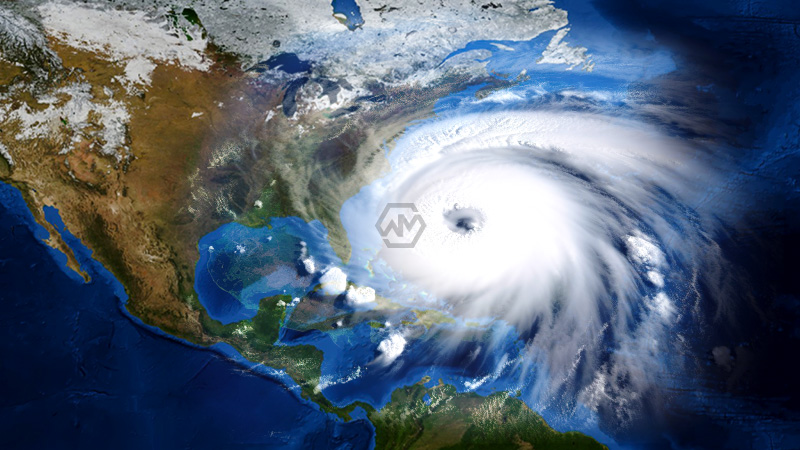- Storms are estimated on a five-classification scale, with Class 5 being the most grounded.
- A Classification 3 tempest is the principal on the scale thought of a significant typhoon.
- The Public Typhoon Community says “horrendous harm will happen” during a Classification 4 tempest.
Typhoon Idalia reinforced to a perilous Class 4 tempest Wednesday morning as it steams toward Florida’s Enormous Curve locale and takes steps to release dangerous tempest floods and precipitation.
Idalia was projected to come shorewards early Wednesday as a Class 4 tempest with supported breezes of something like 130 mph (209 kph) in the delicately populated Huge Twist district, where the Florida Beg bends into the landmass.
Category 4 Hurricane Toward Florida
The outcome could be a major catastrophe for a state managing to wait for harm from last year’s Tropical storm Ian.
The Public Weather Conditions Administration in Tallahassee referred to Idalia as “an exceptional occasion” since no serious tropical storms on record have at any point gone through the straight adjoining the Huge Twist.
At 5 a.m. EDT Wednesday, Idalia was around 60 miles (96.5 kilometers) west of Cedar Key and 90 miles (145 kilometers) south of Tallahassee, the Public Tropical Storm Community said.
Many school areas along the Inlet Coast were to be shut through essentially Wednesday. A few schools and colleges likewise shut, remembering the College of Florida for Gainesville. Florida State College in Tallahassee said its grounds would be shut through Friday.
Two of the area’s biggest air terminals halted business activities, and MacDill Flying Corps Base on Tampa Narrows sent a few airplanes to more secure areas.
Gotten some information about the storm Tuesday, President Joe Biden said he had addressed DeSantis and “gave him all that he potentially needs.”
Ian was mindful last year for right around 150 passings. The Class 5 tropical storm harmed 52,000 designs, almost 20,000 of which were annihilated or seriously harmed.
The Public Maritime and Barometrical Organization as of late said the 2023 typhoon season would be far more occupied than at first figure, incompletely given very warm sea temperatures. The season goes through Nov. 30, with August and September commonly the pinnacle.



